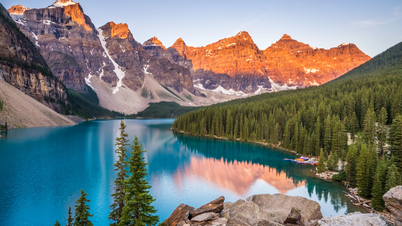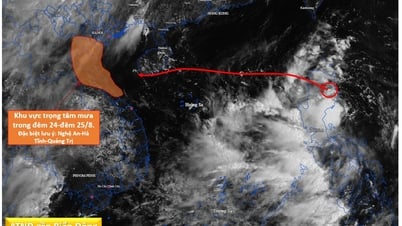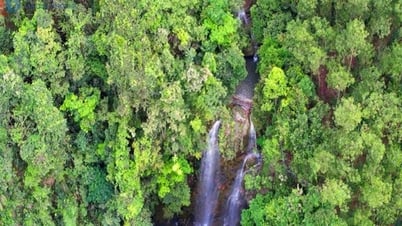Accompanying the post is a video of the Atacama's signature sand dunes and rugged terrain covered in a blanket of powdery snow, creating a scene that is both surreal and majestic.
According to the ALMA Observatory, snow can appear on the neighboring Chajnanator Plateau – where ALMA's main telescope is located at an altitude of more than 5,000 meters – but it has not snowed at the headquarters for a decade.
Climate expert Raul Cordero from the University of Santiago said it was too early to say whether the phenomenon was directly linked to climate change. However, he also stressed that future climate models showed that snow events like this one in the Atacama were "likely to become more frequent."
With its extremely dry weather conditions, the Atacama is famous for having the darkest skies on the planet – ideal conditions for the installation of the world's most advanced telescopes. Therefore, this area has long been the location chosen by leading astronomers and space research organizations.
The Atacama Large Millimeter/submillimeter Array (ALMA) telescope – a collaboration between the European Southern Observatory (ESO), the US National Radio Astronomy Observatory (NRAO) and the National Astronomical Observatory of Japan – is recognized as one of the most powerful astronomical instruments today.
Source: https://baophapluat.vn/tuyet-roi-trang-xoa-tren-sa-mac-kho-han-nhat-the-gioi-atacama-post553207.html






![[Photo] President Luong Cuong receives delegation of the Youth Committee of the Liberal Democratic Party of Japan](https://vphoto.vietnam.vn/thumb/1200x675/vietnam/resource/IMAGE/2025/8/22/2632d7f5cf4f4a8e90ce5f5e1989194a)
![[Photo] Prime Minister Pham Minh Chinh chairs the conference to review the 2024-2025 school year and deploy tasks for the 2025-2026 school year.](https://vphoto.vietnam.vn/thumb/1200x675/vietnam/resource/IMAGE/2025/8/22/2ca5ed79ce6a46a1ac7706a42cefafae)































































































Comment (0)